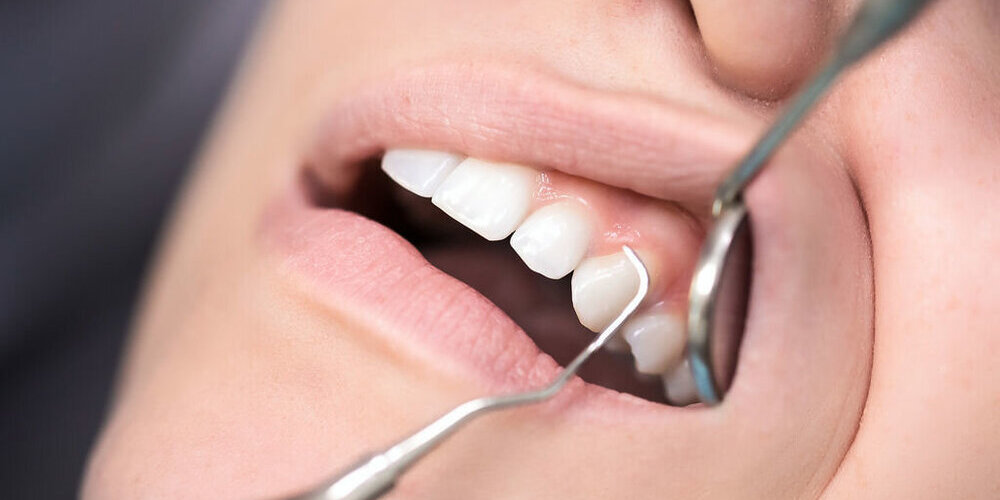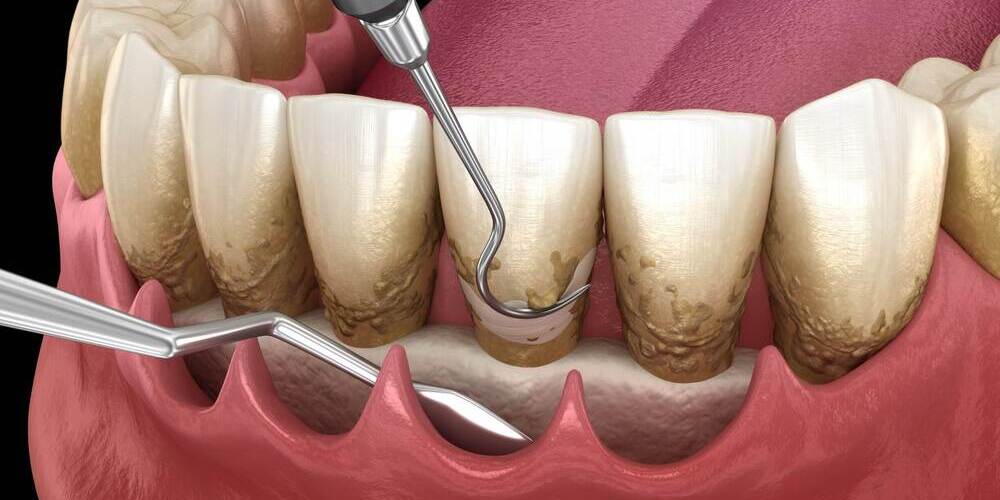
What is Dental Curettage? Important Information for Your Gum Health
If you are looking to understand the critical importance of curettage in maintaining your oral health, you’ve come to the right place! This blog explains everything you need to know about the procedure, how it’s performed, and its benefits. Read on for the details:
What Does Curettage Mean?
Curettage is a procedure aimed at removing tartar and colonized bacteria that accumulate beneath the gums. In dental terminology, it refers to the process of root planing, a deep cleaning method used to slow down the progression of periodontal disease and to treat periodontitis.
The Curettage Process: An Essential Part of Dental Health
During curettage, dentists clean tartar that is not visible to the naked eye and is lodged under the gums. This deep cleaning is essential in maintaining periodontal health by preventing the development of pockets between the gums and teeth, which, if untreated, can lead to bone loss.
According to the Turkish Dental Association, a 2023 report found that 58.8% of women and 70.9% of men aged 35-44 had tartar buildup. For individuals between 65 and 74, these numbers were 55.5% and 54.2%, respectively. Such data highlights just how common periodontal treatments, including curettage, have become.
Why is Curettage Important?
Tartar accumulation at the subgingival level prevents the gums from properly attaching to the teeth, resulting in the formation of periodontal pockets. These pockets create a breeding ground for bacteria, which, if left unchecked, can lead to significant bone loss around the teeth.
A study conducted in Turkey revealed that around 70% of adults aged 35-44 experience some form of periodontal disease. This high prevalence underscores the necessity of treatments like curettage for maintaining long-term dental health. Periodontal disease is often a silent issue, gradually worsening without causing obvious pain, making regular dental checkups critical.

Does Curettage Hurt?
Many patients wonder, “Does curettage hurt?” The good news is that the procedure is performed under local anesthesia, which means you won’t feel any discomfort during the treatment.
After the anesthesia wears off, you may experience some pain and sensitivity, especially during the first few days. Mild discomfort can typically be managed with over-the-counter pain relief medications, and this pain usually decreases as your gums heal. It’s also normal for your gums to feel slightly more sensitive when you brush your teeth in the days following the procedure.
Is Anesthesia Necessary for Curettage?
The need for anesthesia largely depends on several factors, including:
- The depth of your periodontal pockets
- The amount of tartar buildup
- The sensitivity of your teeth and gums
For minor periodontal pockets, anesthesia might not be necessary as discomfort is minimal. However, for deeper pockets, anesthesia ensures the procedure is painless.

What is the Difference Between Tartar Cleaning and Curettage?
Tartar cleaning (scaling) and curettage are two different dental procedures that are often confused. Here’s how they differ:
Tartar Cleaning (Scaling):
- Involves removing visible tartar and stains on the surface of the teeth.
- Can be done by any general dentist.
- It’s a quick and easy process, often completed using ultrasonic devices known as cavitrons.
Curettage:
- Focuses on removing tartar that is not visible but detected through clinical examinations or X-rays.
- Requires special tools and is often performed under local anesthesia.
- It is typically done over multiple sessions, with each session targeting different sections of the mouth.
- Performed by periodontists (gum specialists), using specialized instruments called curettes.
How is Deep Cleaning of the Gums Performed?
Curettage involves the removal of plaque buildup from periodontal pockets, allowing for a deep clean of the gums. The procedure typically follows these steps:
- The tartar underneath the gums is removed.
- The roots of the teeth, hidden beneath the gums, are smoothed out to prevent future bacterial buildup.
- Special instruments called curettes are used.
- The teeth are thoroughly cleaned, and the gums are treated to reduce inflammation.
Curettes come in different sizes, shapes, and angles depending on the area of the mouth being treated. For instance, the instruments used for front teeth differ from those for the distal and mesial regions of the back teeth.
How Many Sessions Does Curettage Take?
One of the frequently asked questions is how long the curettage process takes. Periodontists usually perform curettage in two sessions, treating two quadrants of the mouth at a time. This approach has several benefits:
- It prevents the need to numb the entire mouth in one sitting.
- The treatment becomes more manageable and less exhausting for the patient.
- Each session lasts approximately 45 minutes.
The four quadrants of the mouth are: upper right, upper left, lower right, and lower left. Generally, the treatment is divided into two parts—right and left—so that one side of the mouth can still be used for eating during the recovery period, maintaining patient comfort.
Post-Curettage Recommendations
After a curettage procedure, it’s crucial to follow these recommendations to speed up recovery and prevent complications:
- Use a soft-bristled toothbrush and brush your teeth as advised by your periodontist.
- Be gentle when brushing, as bleeding, redness, and inflammation may occur in the treated area.
- If discomfort persists, use the recommended pain relief.
- Avoid smoking and alcohol for at least 48 hours after the procedure.
- Maintain excellent oral hygiene by brushing, flossing, and using mouthwash correctly.
According to the World Health Organization, approximately 3.5 billion people worldwide are affected by oral diseases. Regular dental care and professional treatments play a crucial role in reducing this staggering number.
Conclusion
Curettage is a critical procedure for maintaining healthy teeth and gums. During your regular dental checkups, your dentist will assess whether you need this procedure and, if necessary, refer you to a periodontist. Remember, taking care of your teeth and gums doesn’t just impact your oral health but also contributes to your overall well-being. Regular professional cleaning and oral hygiene practices can ensure a healthy smile for life!
